Hello, this is colorful beans. I will explain the history of coffee beans in Panama.
panama history
First, let’s confirm the location of the country.
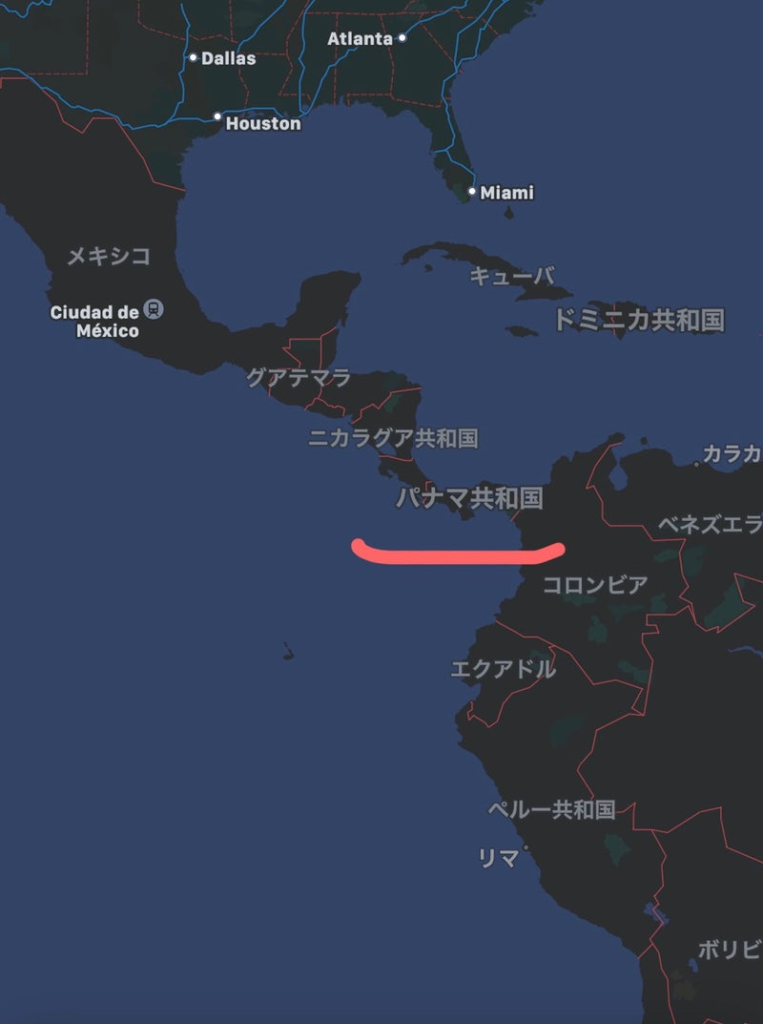
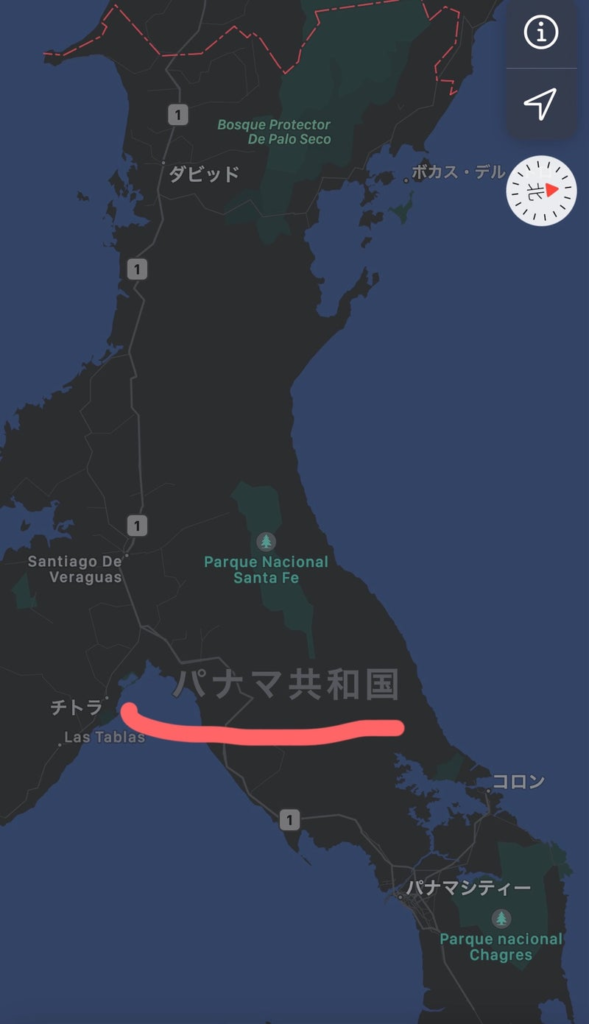
It is located between Colombia and Costa Rica.
In 1501, Spanish explorer Rodrigo de Bastidas landed in Panama, which became a colony.
In 1579, Panama City was founded.
In the 1530s, Francisco Pizarro conquered the Incas with Panama as his base.
In addition, Panama was an important transportation route for shipping goods to Spain, and as a result, Spain established control over the surrounding areas of Panama.
Panama prospered until it was raided and burned by British pirate Henry Morgan in 1671.
In the 1800s, Granada and Venezuela gained independence.
In 1821, Panama won the Battle of Carabobo and became part of Gran Colombia, gaining independence from Spain.
Rebellions began due to dissatisfaction with Colombian rule.
Ecuador became independent as a republic. Panama gained independence from Colombia as part of Granada.
In 1846, the United States recognized the sovereignty of the New Granada Republic in Panama.
In the Mexican-American War, the United States took half of Mexico’s territory and the California Gold Rush began in 1848, increasing the importance of Panama.
From 1881 to 1889, construction of the Panama Canal began but failed.
In 1899, the Thousand Days War broke out, resulting in approximately 100,000 deaths.
In 1914, the Panama Canal was completed.
The United States had a strong influence, which led to anti-American movements.
Panama has been tossed around by various waves such as coups, military interventions, anti-American movements, peace treaties, domestic interference, and participation in World War II. It could be said that Panama was also tossed around by the Panama Canal.
Panama gained independence in 1903 with the backing of the United States, although the background included the use fee for the Panama Canal.
In 1904, Amador was elected as the first president.
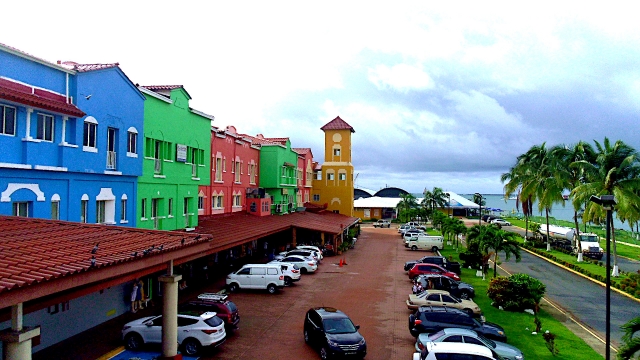
Panamanian coffee history
Around 1870 to 1890, it is said that coffee cultivation began in the Boquete area of Chiriquí province in western Panama.
Compared to its neighboring countries, Panama’s coffee cultivation started relatively late, and it is said to have the shortest history among its surrounding nations.
Today, the production of specialty coffee has become increasingly prosperous, and it has developed into an important industry.
The variety that made its name known (spread around the world) is the Geisha variety Panama Esmeralda farm (also known as Panama Esmeralda Geisha).
In 2004, it was submitted to the Best of Panama competition and was sold for an unprecedented price of $21 per pound, shocking the world! In 2019, it set a new record at a price of $1,100 per pound, causing a sensation in the industry.
However, I don’t think the quality and flavor have been able to maintain the same level of surprise as it did initially. There is no doubt that this variety has shaken up the concept and common sense of coffee!
What is Geisha
What kind of bean is the Geisha variety that has become so famous?
The Geisha variety is one of the subdivisions of the Arabica species.
It originated in Ethiopia. Coffee bean varieties have undergone numerous improvements and mutations, but the Geisha variety is said to be closer to the original.
Geisha is susceptible to disease and can grow up to 4 meters tall, making it a difficult variety to cultivate. It is also unprofitable to produce and was forgotten by farmers for a while.
The Esmeralda plantation in Panama is the one that has succeeded in growing the Geisha variety.
Those who are deeply involved in the coffee industry may already know, but it can be said that the Esmeralda farm has become famous overnight thanks to this Gesha variety, which is not so well-known to the general public.
Personally, I also became interested in Panamanian coffee and Gesha beans, and only learned about them after becoming a coffee lover and even delving into roasting. The first Gesha I ever tried was the Direct Fire Roast TAMAKI Last Gesha. (Currently sold out)
The representative mentioned that they might not handle Geisha in the future, and that there may not be Geisha beans that live up to the standards of TAMKI, which deals with the highest quality beans.
Against that backdrop, I purchased Last Geisha, which was released in such circumstances. It was my first experience with Geisha and it was amazing. The taste was wonderful, but what left the most impression was its strong aroma!
Its glamorous fragrance and fruity taste and aroma were coffee that will stay with me forever.
Panama’s cultivation environment
Coffee is mainly grown at an altitude of 1500m to 1700m, with the major producing region being the Chiriqui Province in the western part of Panama. Among them, the Boquete district is located at the foot of the Baru volcano and has a better environment due to its volcanic ash soil.
The high altitude and unique environment, which suppresses temperature increases due to diurnal temperature variations and fog, enable the cultivation of high-quality coffee beans.
As mentioned earlier, the Esmeralda farm is also located in the Boquete district.
Geisha cultivated in such an environment is characterized by its fruity and aromatic fragrance, as well as its smooth and vibrant flavor. Furthermore, the Esmeralda farm is highly acclaimed by coffee enthusiasts worldwide for its exceptional quality, making it a popular tourist destination that attracts many visitors.
Although Panama is not a large country, high-quality coffee production is thriving, albeit on a small scale.
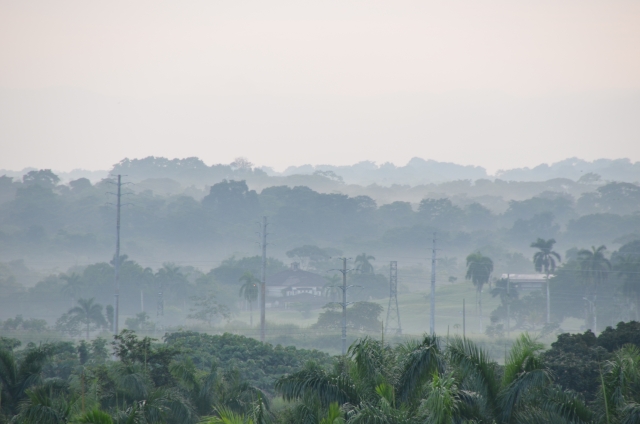
Characteristics of Panama coffee beans
The main cultivated varieties are Bourbon, Caturra, and Catuai of the Arabica species, with Tipica also being common.
In regions with elevations below 1000m, the Robusta species is cultivated for domestic distribution.
And then, the repeatedly mentioned Geisha variety.
Its characteristic features are the floral and vibrant aroma, a refreshing citrus-like acidity with a slight sweetness. There is almost no bitterness and no depth of flavor like richness, but its distinctive feature is the high aroma.
Other varieties also have a refreshing taste as a characteristic, with a soft acidity and a sweet aroma with a hint of sweetness.
Panama classifies coffee quality based on altitude:
SHB (Strictly Hard Bean): above 1350m
HB (Hard Bean): 1050m-1350m
EPW (Extra Prime Washed): 900m-1050m
Postscript
Panama cultivates and produces high-quality coffee beans by leveraging the differences in altitude and varieties. Although it is not widely available in Japan, experiencing its exceptional quality is highly recommended.
When you come across it in a shop, please give it a try. A seemingly ordinary cup of coffee can bring a new breeze to your coffee time once you learn about the country, origin, characteristics, and history behind it.
Thank you for reading this far. Wink.
Goodbye.
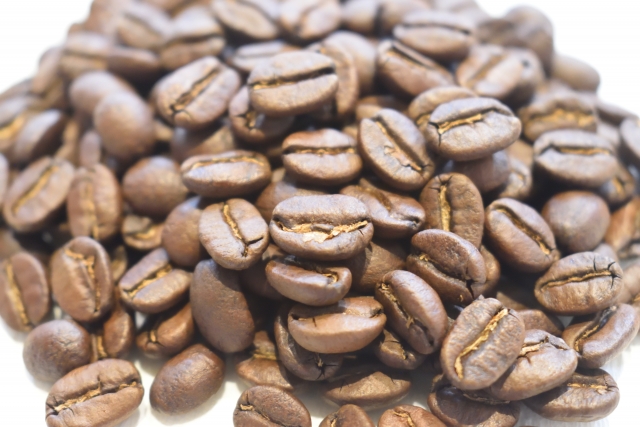



コメント